19 December 2024
Learning letter sounds is the foundation of reading and writing. Imagine trying to read without understanding how letters sound — it's like trying to drive a car without knowing how to steer! That’s why teaching letter sounds is so important, especially to young learners. But here’s the catch: simply drilling letter sounds can get boring pretty fast. So, how can you make letter sound learning engaging, enjoyable, and effective? The answer lies in incorporating fun and interactive methods.
In this article, we’ll dive into the world of creative teaching strategies that not only capture children’s attention but also make the learning process memorable. Whether you're a parent, teacher, or tutor, these tips will help you teach letter sounds in an exciting, hands-on way.
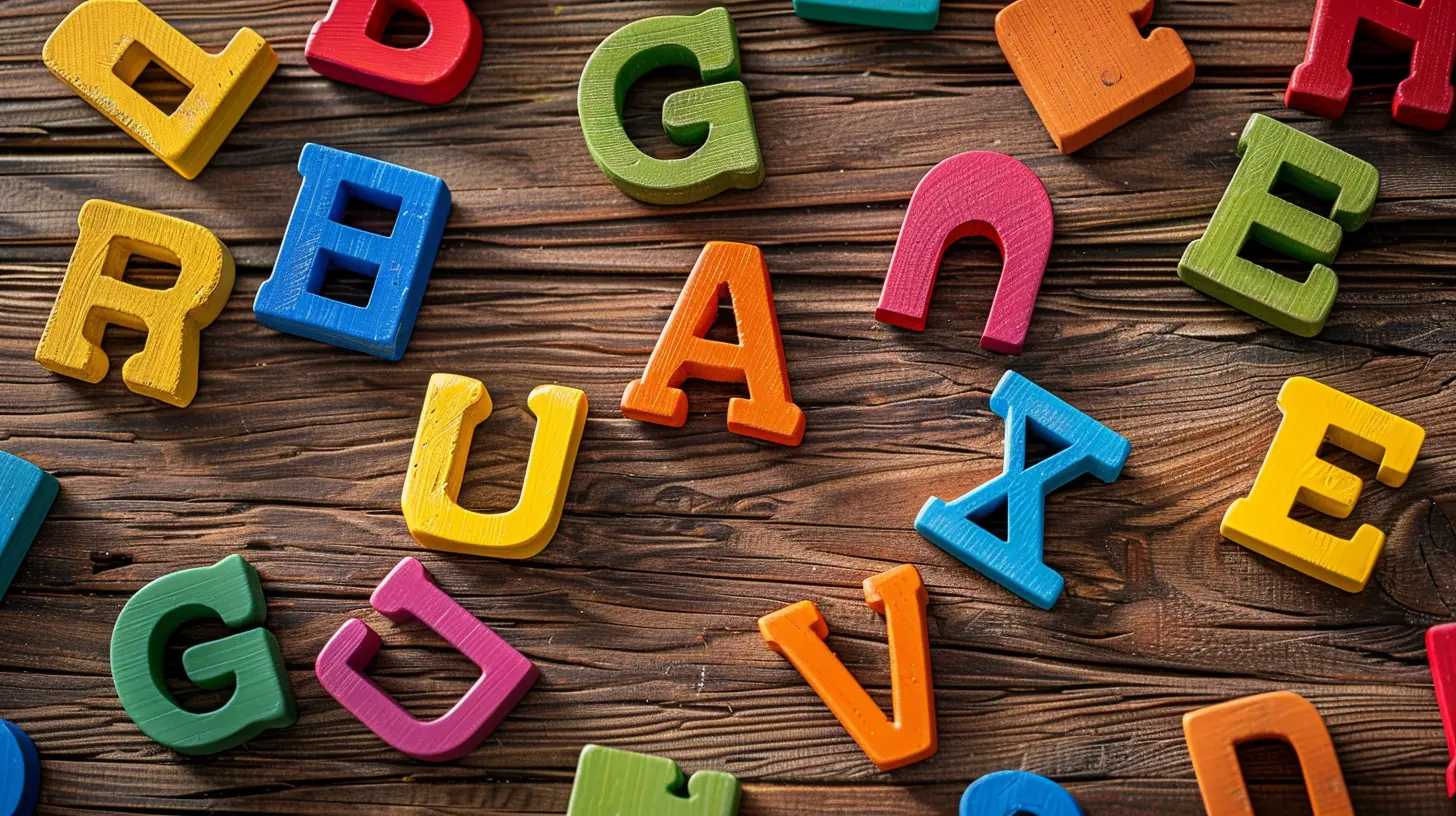
Why Letter Sounds Matter
Before we jump into the fun stuff, let's quickly talk about why teaching letter sounds is crucial. When kids learn letter sounds, they're starting to decode words. This is essential for reading fluency and comprehension. Knowing letter sounds is the first step in phonics, the method used to connect sounds with written letters. Once children master this, they can begin blending sounds to form words, which is the start of their journey into reading and writing.But learning letter sounds doesn't have to feel like a chore or a classroom-only activity. By making it interactive and enjoyable, kids are more likely to retain what they learn. Plus, they’ll develop a love for reading early on. So, let’s get into the fun, shall we?
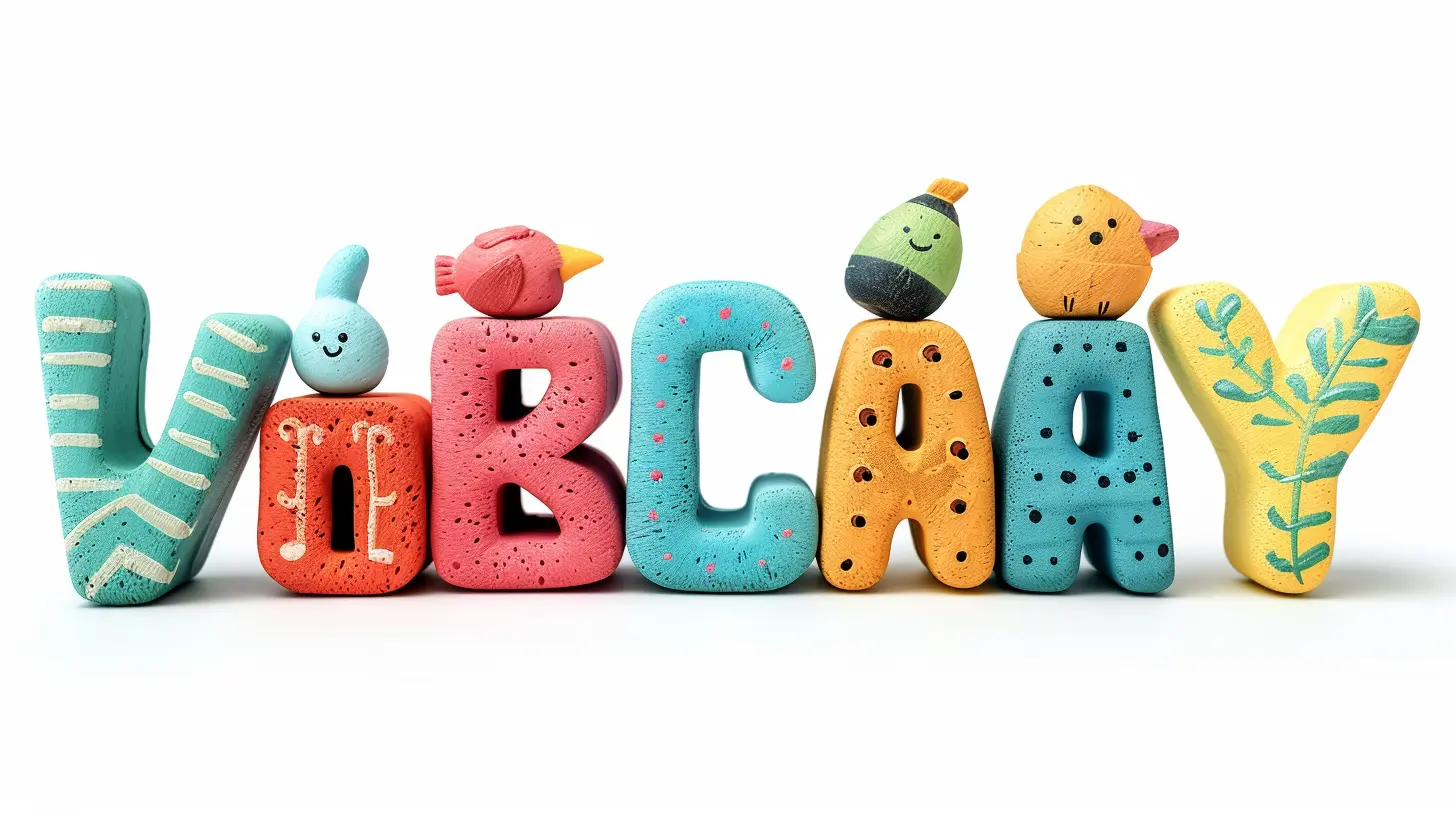
1. Turn Letter Sounds into a Game
Why Games Work
Let’s be real — kids love games! And when it comes to teaching letter sounds, incorporating play can work wonders. Children learn best when they’re having fun, and games naturally create excitement and engagement. By turning learning into play, kids become active participants rather than passive listeners.Game Ideas:
Letter Sound Bingo: Just like traditional bingo, but instead of calling out numbers, you call out letter sounds. Kids have to match the sound to the correct letter on their bingo cards. They’ll be so focused on winning, they won’t even realize how fast they’re learning.Sound Hopscotch: Draw a hopscotch grid on the floor, but place letters in each square. As kids hop through the grid, have them say the sound of the letter they land on. It’s a high-energy way to reinforce learning.
I Spy with Letter Sounds: This classic game gets a phonics twist. Instead of saying “I spy with my little eye something that starts with the letter B," say, “I spy with my little eye something that starts with the /b/ sound.” It makes kids think about the sound rather than the letter itself, which is how they’ll eventually decode words.

2. Engage Multiple Senses
Why Sensory Learning is Effective
Kids aren't just auditory learners—they also learn by seeing, touching, and moving. When you teach letter sounds, engaging multiple senses can help reinforce learning. Think about it: the more senses involved, the more the brain is engaged, increasing retention. Plus, it makes learning way more fun!Ideas for Sensory Learning:
Sandpaper Letters: Have kids trace letters made of sandpaper while saying the letter’s sound. This tactile experience helps them connect the shape of the letter with its sound.Shaving Cream Writing: Spread shaving cream on a table or tray, and have kids write letters in the cream while saying the sound. It’s messy, but incredibly fun, and it helps kids associate the letter’s physical form with its sound.
Sound Boxes: Create small boxes filled with objects that start with a specific letter sound. For example, for the /b/ sound, you could include a ball, a banana, and a block. Let kids explore the objects while repeating the sound.
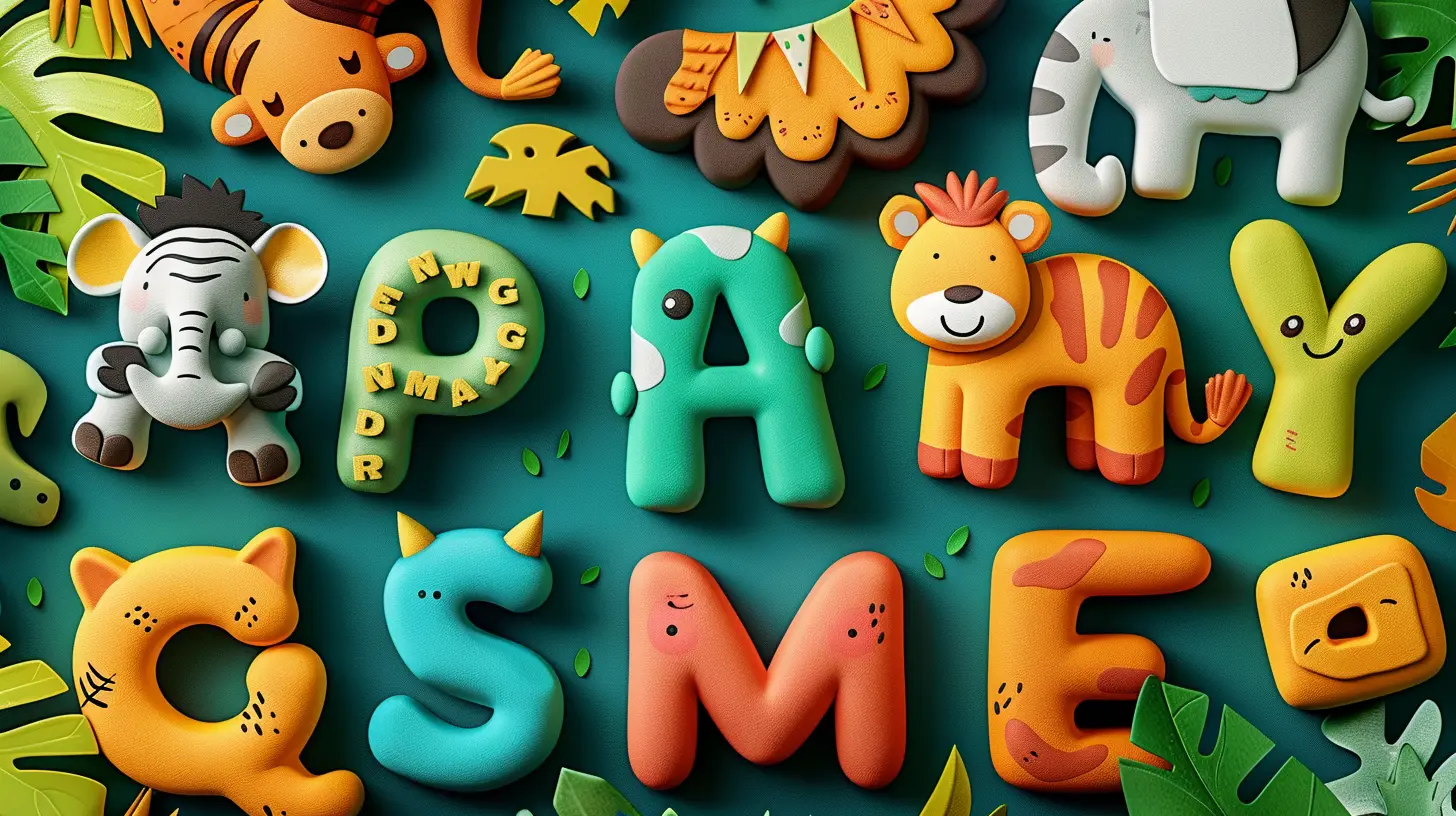
3. Use Music and Songs
Why Songs Stick
Ever notice how you can remember song lyrics from years ago, but struggle to recall a random fact you learned yesterday? That’s the magic of music. Songs have rhythm, rhyme, and repetition—all elements that make information stick. Incorporating songs into teaching letter sounds can make learning effortless and enjoyable.Song Ideas:
Alphabet Songs with a Twist: Sing songs that focus on the sounds of letters, not just their names. For example, turn the classic alphabet song into a phonics-focused tune. Instead of just singing “A, B, C,” sing “A says /a/, B says /b/…”Rhyming Phonics Songs: Use rhyming songs that emphasize letter sounds. For example, “C is for Cat, sitting on a mat. /c/ /c/ /c/” Rhyming helps kids predict what’s coming next, making it easier to remember the sounds.
You don’t have to be a professional singer, either. Kids love it when adults get silly with songs, and the sillier, the better!
4. Focus on Phonemic Awareness
Why Phonemic Awareness is Key
Phonemic awareness is the ability to hear, identify, and manipulate individual sounds in spoken words. It’s a critical pre-reading skill because it helps children understand how sounds work in words. By focusing on phonemic awareness activities, you can help kids build a strong foundation for reading.Phonemic Awareness Activities:
Sound Matching: Say two words and ask kids if they begin with the same sound. For example, “cat” and “car.” This simple activity helps them focus on the initial sound of words.Sound Blending: Say the individual sounds of a word slowly and have kids blend them together to figure out the word. For example, “/c/ /a/ /t/,” and the child says “cat.”
Sound Segmentation: Have kids break apart a word into its individual sounds. For example, if you say “dog,” they should respond with “/d/ /o/ /g/.”
5. Incorporate Movement
Why Movement Matters
Kids are naturally active, so why not use that energy to boost learning? Research shows that movement can improve memory and recall because it engages both the body and the mind. When children move while learning letter sounds, they’re more likely to remember those sounds later on.Movement-Based Activities:
Letter Sound Scavenger Hunt: Hide items around the room that start with specific letter sounds. For example, hide a ball for the /b/ sound or a spoon for the /s/ sound. As kids find each item, they have to say the sound of the letter it starts with.Sound Jumping: Place different letters on the floor, and as you say a letter sound, kids have to jump to the correct letter. It’s like musical chairs, but for phonics!
Alphabet Yoga: Have kids form letters with their bodies while saying the corresponding sound. For example, they could make a big “A” shape with their arms and say /a/. It’s a fun way to incorporate physical activity into letter learning.
6. Leverage Technology
Why Tech Tools Can Help
Let’s face it: we live in a digital world. And while screen time should be balanced, there are plenty of interactive apps and online tools that can make learning letter sounds both fun and effective. The key is to find tools that are engaging without being too distracting.Tech Tools for Letter Sounds:
Phonics Apps: There are many phonics apps available that focus specifically on letter sounds. Apps like ABCmouse or Starfall offer interactive games and activities that reinforce letter-sound associations.Interactive Whiteboards: If you have access to an interactive whiteboard, use it to play letter-sound games with your students. Many educational programs allow kids to move letters around the board, helping them visually and physically connect with the sounds.
YouTube Phonics Channels: Use educational YouTube channels that focus on phonics and letter sounds. Short, catchy videos can provide a quick and fun way for kids to practice.
7. Storytime with a Sound Focus
Why Stories Work
Reading stories to children is one of the most powerful ways to teach them how language works. But you can take it a step further by choosing books that focus on specific letter sounds. This way, kids can hear the sounds in context, which helps them understand how those sounds function in real words.Storytime Tips:
Phonics Readers: Choose books that are designed for phonics learning. These books often focus on one sound or letter at a time, making it easier for kids to absorb the material.Highlight Sounds: As you read, emphasize the target sound. For example, if you’re focusing on the /s/ sound, you could say, “Sam saw a snake slither slowly,” and really make the /s/ sound pop out.
Encourage Participation: Ask kids to point out words they hear that start with the letter sound you’re focusing on. It turns passive listening into active participation.
Conclusion: Make Learning Letter Sounds a Joy
Teaching letter sounds doesn’t have to be a dry, repetitive task. By incorporating games, sensory activities, music, movement, and technology, you can turn learning into an adventure. The more fun and interactive the experience, the more likely children are to retain the knowledge and stay engaged.Remember, the goal is to make the process enjoyable while building a strong foundation for reading and writing. So, whether you're hopping around with sound hopscotch, singing a silly alphabet song, or digging through a sound box, know that you’re helping to ignite a love for learning in a way that sticks.





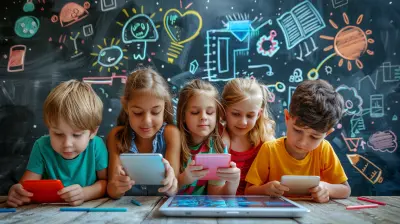



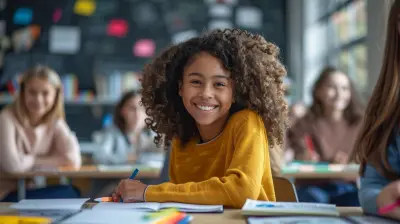


Matteo Velez
This article offers engaging strategies for teaching letter sounds that make learning enjoyable for young children. Incorporating play and interaction not only enhances retention but also fosters a love for reading from an early age.
February 7, 2025 at 4:19 AM